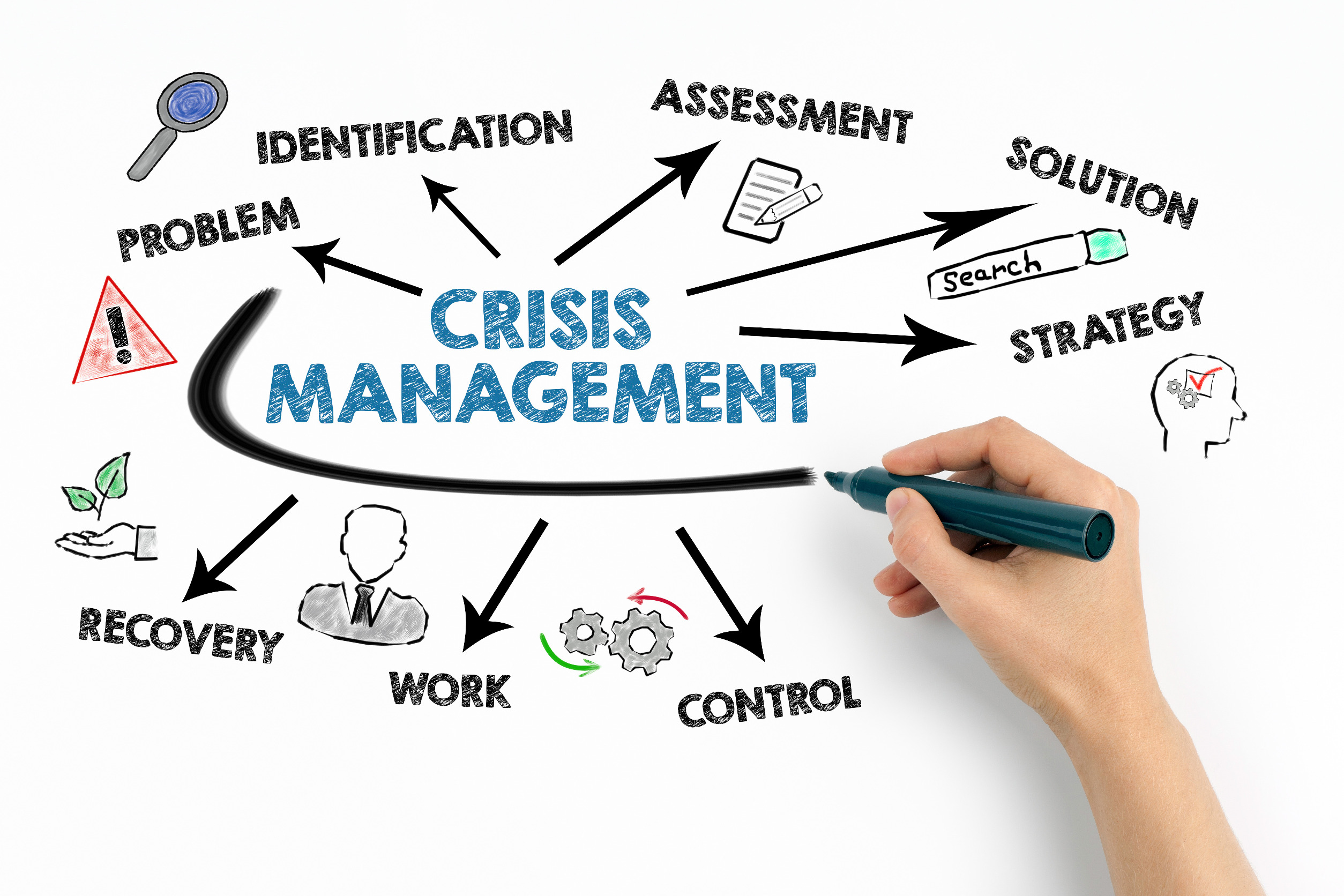Societies don’t change. Organizations don’t change. People change.
With this in mind, what lessons can organizational change practitioners draw from social change practitioners? In this Fast Company article on the future of work, author Gwen Moran offers six such lessons.
- Create a clear and compelling vision. The author quotes Jennifer Dulski, former president and CEO of Change.org, regarding three critical elements of vision. “Desired future – How do you want the world to look if your vision has succeeded? Purpose – Share why this issue matters to you and others Story – Put a face on it through stories of challenges or triumph.”
- Know the influencers and what they care about. In the article, Moran uses the term “influencers” interchangeably with “decision makers.” You definitely need to know what decision-makers care about if you, as a change practitioner, are going to influence how they lead the change. But you also need to know the influencers in the organization and what they care about. This is becoming increasingly true as younger generations become a more substantial part of the workforce.
- Build a team of allies. There is a difference between alliance and compliance. Building alliances can contribute to increasing momentum as the change moves forward. Engaging those influencers who sit outside the hierarchy can greatly accelerate not only the pace of the change, but the likelihood of success.
- Be informative and transparent. To be informative and transparent, you need to know what is important to those you are communicating with. They may not connect to how the change will affect stock prices or market share. They may, however, connect deeply to how the change is further strengthening the company’s ability to live up to its values.
- Take the temperature. This is not about running assessments. It is about having real, in-depth discussions. Moran describes it this way. “’It’s really important to have people reflect on the change,’ (motivation expert Susan Fowler) says. Have them think about their options and opportunities. When they come to their own conclusions about the change and how it can be of value to them, mind-sets shift, she says. ‘These are motivation conversations to take people deep, to help them understand what’s happening to them psychologically around this change.’”
- Get ready for the long game. As change practitioners, not only do we have to be ready. We have to get our leaders and the entire organization ready.
How well does your approach to change apply these six lessons?
























